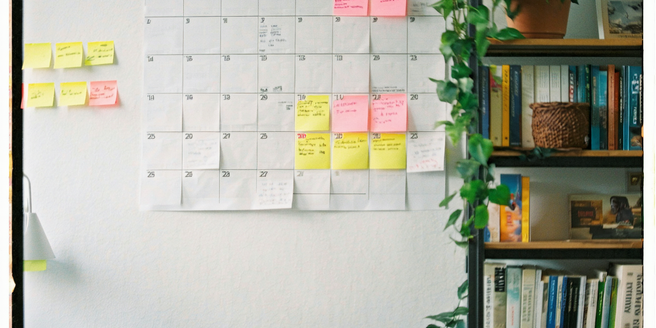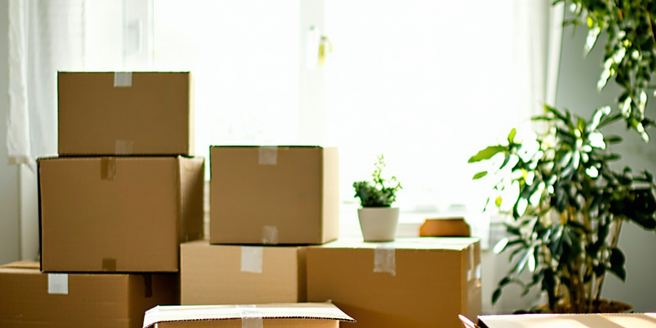Checklist For First-time Renters

Understanding Lease Agreements
| Lease Term | Understanding the duration of your lease. | 1 year, 6 months, etc. |
| Rent Amount | Know how much rent you’ll be paying each month. | Includes base rent and any utilities. |
| Security Deposit | Amount required as a security deposit. | Usually one month’s rent. |
| Renewal Terms | Conditions under which a lease can be renewed. | Renewal notice period required. |
| Maintenance Responsibilities | Understanding landlord and tenant duties. | Who handles repairs and upkeep. |
| Termination Clause | Terms for ending the lease early. | Consequences for breaking the lease. |
Budgeting for Rent & Utilities
Creating a budget that considers rent and utilities is crucial for first-time renters. The rent is usually the largest fixed cost, but not to be overlooked are utilities like electricity, water, gas, internet, and trash collection, which vary each month. Allocating a portion of your income specifically for these expenses ensures you’re financially prepared each month. It’s also wise to save a bit extra for unexpected surcharges or utility rate increases. Reviewing your utility bills regularly can help you identify any unusual charges early on. Additionally, negotiating utility costs when possible can lead to significant savings over time. Using budgeting apps can help track spending and ensure you’re living within your means. Planning is key to avoid financial strain and ensure a smooth rental experience.
Inspecting the Property
Before signing any lease, thoroughly inspecting the property is vital to avoid future disputes. Check for any visible damages and ensure that crucial installations such as plumbing and electrical systems are functioning properly. Make sure to familiarize yourself with the terms of the lease agreement, especially concerning maintenance responsibilities. It’s wise to have a trusted friend accompany you during the inspection for a second opinion. Note any pre-existing issues and report them to the landlord to have it in writing. Don’t hesitate to test light switches, faucets, and appliances. Also, assess safety features like smoke detectors, locks on windows and doors, and emergency exits. Documenting the property’s condition through notes and pictures when you first move in protects you from being blamed for damages you didn’t cause.
Security Deposits and Fees
Security deposits are standard when renting and typically amount to one month’s rent. Familiarize yourself with the conditions under which this deposit can be withheld. Landlords usually use these funds for unpaid rent or repair costs beyond normal wear and tear. It’s crucial to document the condition of the rental before moving in to avoid disputes later. Regularly communicating with your landlord about any maintenance issues can also help prevent future disagreements. To ensure a full refund, maintain the premises in good condition, and abide by termination notice requirements detailed in your lease. Additionally, understand any non-refundable fees, such as those for pets, application processing, or administrative purposes. Knowing these can prevent misunderstandings about recoverable funds at lease termination.
Finding a Reliable Roommate
Choosing a roommate requires careful consideration as it can significantly impact your living experience. Start by clarifying your lifestyle preferences and creating a list of desired roommate qualities to guide the selection process. Conduct thorough interviews with potential candidates and check references or reviews if available. Make sure to communicate openly and honestly during this process. It’s also helpful to meet in person to get a better sense of their personality and habits. Discuss essential topics upfront, such as rent responsibility, shared expenses, cleaning schedules, guest policies, and quiet hours to ensure compatibility. Craft a roommate agreement to formalize ground rules, which minimizes conflicts and maintains a harmonious living environment. Trust and compatibility are key to a successful roommate relationship.
Insurance for Renters
Renter’s insurance is an often overlooked but necessary protection for renters. This insurance covers personal belongings against theft, fire, and other disasters, extending liability coverage for accidents that may occur in the rented property. It provides peace of mind knowing you’re financially protected in various situations. Many renters underestimate the value of the possessions they own and the cost to replace them in case of an unforeseen event. Considering the cost versus potential loss or liability, renter’s insurance is quite affordable. Compare policies to find one that fits your needs, ensuring to understand what is covered and any exclusions or limitations. Some landlords require renters’ insurance as a lease condition, so be sure to verify any such requirements before signing the lease agreement.
Communicating with Landlords
Effective communication with your landlord is fundamental to a positive renting experience. Establish preferred communication channels, whether by phone, email, or in-person meetings, ensuring that contact details are up-to-date. It’s also helpful to set expectations about response times for various types of inquiries. By agreeing on ground rules for dialogue, you can lay a solid foundation for ongoing interactions. Having regular communication can prevent misunderstandings and foster trust. Maintain a record of all communications for future reference, especially those regarding repairs or lease concerns. Clear, respectful dialogue helps build a cooperative relationship which can ease conflict resolution. When discussing issues, propose potential solutions rather than just the problems, demonstrating a collaborative approach to any challenges that arise. Transparency and reliability are the cornerstones of good tenant-landlord relations.
Documenting Your Rental
Documentation is an essential part of renting, serving as evidence of property conditions and agreements. Take photos and videos of the rented space before moving in, noting any existing damages or issues. Save copies of the signed lease agreement, along with any correspondence, receipts, and notices from the landlord. It’s wise to create a checklist to stay organized and ensure all necessary documents are accounted for. Thorough documentation can help prevent misunderstandings between tenants and landlords. If a dispute arises, these documents can support your position. Additionally, when moving out, conduct a similar documentation process to include any improvements or repairs you’ve completed. Proper documentation ensures transparency and protects both tenant and landlord interests throughout the rental period.
Basic Maintenance Responsibilities
Understanding your maintenance responsibilities can prevent stress and potential costs. The lease agreement typically outlines what aspects the tenant is expected to maintain versus what the landlord will handle. Common tenant responsibilities include routine cleaning, changing filters, light bulb replacements, and lawn care if applicable. It is a good idea to keep a checklist of all maintenance tasks to stay organized and on top of responsibilities. It is essential to read through your lease agreement thoroughly to understand all maintenance-related obligations. Always report major issues like leaks or electrical problems promptly to the landlord to avoid escalation of damage. A proactive approach to maintenance by addressing minor issues before they become significant can be inherently cost-effective and help maintain a pleasant living environment within the rental property.
Preparing to Move In
Preparing to move into a rental property involves several steps to ensure a smooth transition. Begin by planning the physical move, choosing a moving date, and coordinating transportation for your belongings. Make a checklist of items required for your new home, from furnishings to basic utilities. It’s also important to review the lease agreement to ensure you understand all the terms and conditions. Don’t forget to pack an essentials box with items you might need immediately upon arrival. Arrange for utilities, internet, and other essential services to be activated by the time you move in. As move-in day approaches, confirm all logistics, ensuring the previous tenant has vacated and the property is ready for occupancy. These preparatory steps help reduce stress and facilitate an orderly move-in experience.
